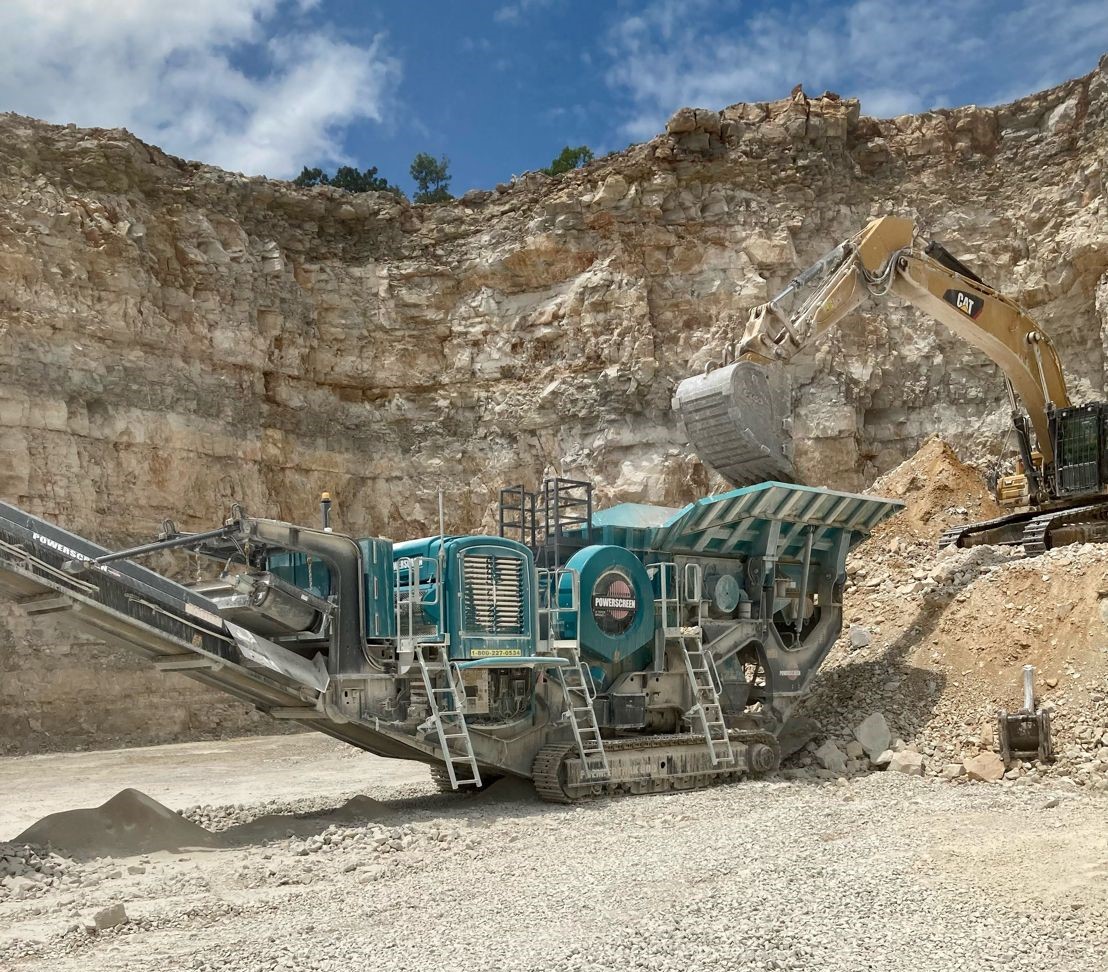
MONSTER BELTING is the world standard in heavy-duty industrial conveyor belting. abrasiveness conveyor belt is innovative, straight-warp carcass construction surpasses traditional multiply belts in virtually every respect, creating a belt that has outstanding operational performance over a long life span. A single Polyester ply more than matches the strength of several traditional multiply layers.
The consumption/abrasiveness conveyor belt Polyester construction consists of extra-heavy strands of polyester running lengthwise, with nylon running crosswise. The strands are completely straight in both directions and are therefore not intertwined unlike traditional woven carcasses. This results in maximum protection of the warp through the weft, with minimal stretch, both lengthwise and crosswise. As there are no multiple plies, the result is a lightweight belt with maximum tensile strength.
Consumption/abrasiveness conveyor belt superior impact resistance
When compared to conventional multiply belts with a similar tensile strength, UsFlex stands out with its superior impact
resistance. The maximum impact energy of a single ply type 630/1 is comparable to that of a 4-ply EP belt type 1600/4.
superior rip resistance. EP conveyor belt has a rip resistance that is more than four times greater than conventional multiply belts that have a similar tensile strength. The rip resistance is not only superior in relation to the multiply EP belts, but also when compared to Solid Woven.
Grade A – Abrasion Resistant
Grade E – Static Electricity Conducting
As the name suggests, static electricity conducting rubber conveyor belting conducts static electricity produced during the transport and conveying process, and discharges the electric charge – usually into a grounding path.
Minimising sparks from static electricity is a necessity when in the presence of potentially explosive materials such gases, liquids, powder and dust because the risk of explosion can be deadly.
A common use of Grade E rubber belting is at a aluminium refinery. Aluminium can commonly discharge excess electrons which can cause a static electricity build up. Static electricity conducting belts are used to absorb the excess electrons and discharge them safely.
